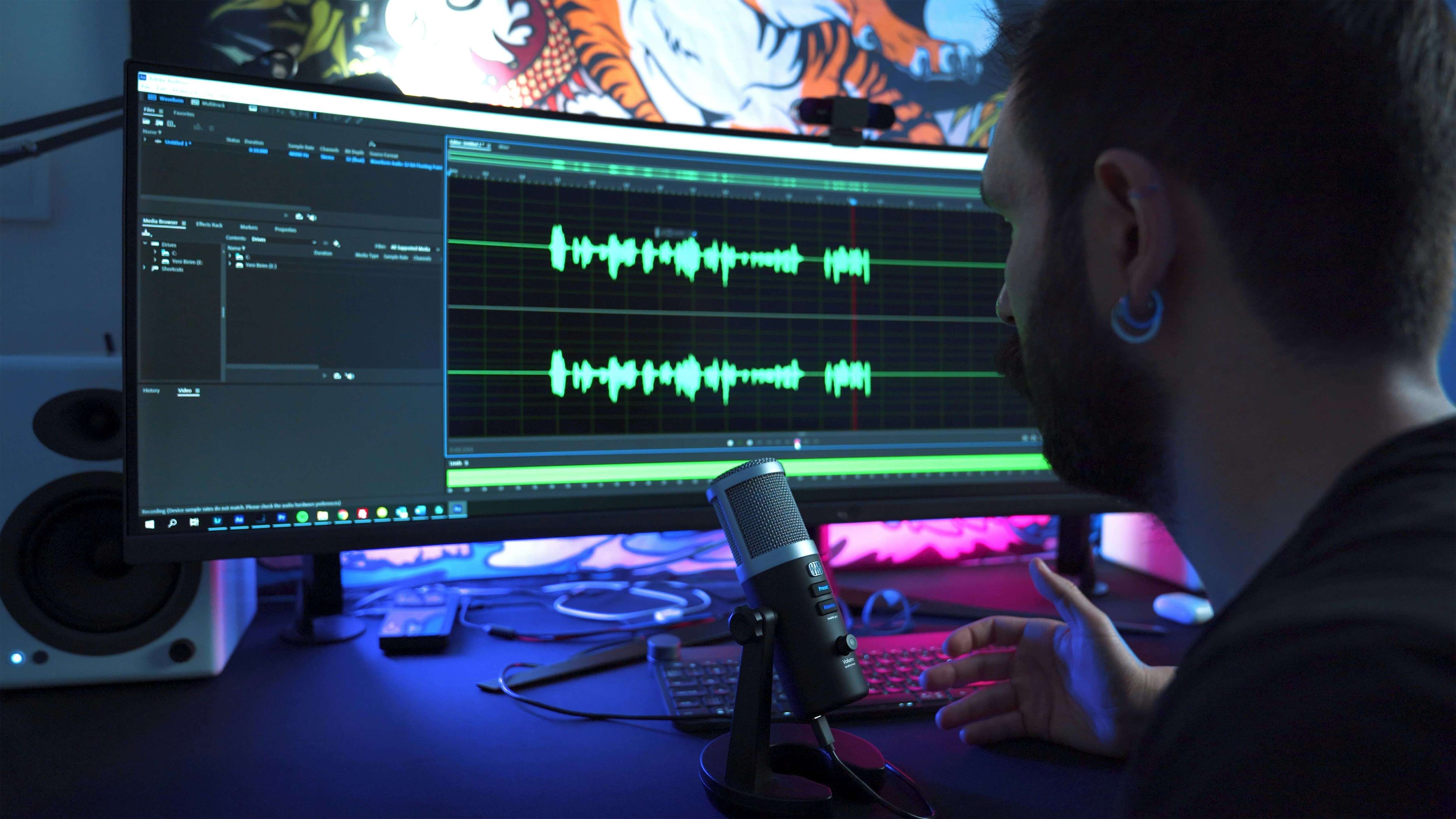How to Edit Video Files in Linux PC?
The drastic improvement in the video editing industry in Linux PCs has revolutionized the video editing industry. You can now edit videos with Linux as same as you can do with any other OS PC. This classical update in the video editing niche has been a tremendous approach to perceive the video editors. The widespread influence of social media and YouTube earning has made editing video on Linux a necessity and emergence of competitors in this specific niche.
Concerning the need to edit video files in Linux, we're here with the pure guideline of video editing in Linux platform. It only doesn't matter if you're a rookie in this niche because we're going to make you a pro in this industry. Whether you're here for a simple trim and split your video files or to include the best transition between the video clips, you're at the right place because we'll brief you to edit video on Linux handily and efficiently. Stay in touch with the upcoming section.
A step-by-step guide about edit video files in Linux
In this section, we will introduce the basic guideline on how to embark on your first video editing project in Linux. So, if you want to learn how to cut, and create a montage clip, adding some effects, and giving the life to your boring recorded video clips, you're at the right place as in the upcoming steps, you'll be demonstrated on how to edit video Linux supportable guide. Head into the following steps:
Step 1: Download and install a suitable Linux video editor.
The foremost step is to download and install a viable tool into your Linux system, which is probably an essential task in this guide. In compliance with the importance of this step, we've shortlisted some of the top-rated video editing platforms you can select for your video editing experience.
1. Kdenlive
This open-source video editing software is a famous and quality video editing platform for Linux. It supports the most common video and audio formats for both its input and output video files to be used on different platforms.
2. OpenShot Video Editor
A powerful and open-source video editor compatible with Linux systems, OpenShot is a free and easy to use the pick for your video editing experience in Linux. You can efficiently cut, split, trim, and edit your video clips and huge recordings effectively.
3. Shotcut
A featureful and Linux compatible platform, Shotcut is a pro video editor that will fulfill your editing needs right in a handy and user-friendly way. Its support to various Input and output formats for both audio and video files solves the problem of compatibility issues with the Linux platform. You can easily frame your video files in the multi-format timeline of this software tool.
4. Pitivi
Pitivi is a fast and non-linear video editing platform for Linux users. You can have various features, including snapping, trimming, splitting, and various others right with this platform. You can easily drag and drop your video and audio files from your Linux system without any panic and annoyance.
 Pro-tip
Pro-tipClick here to get more video editor for Linux PC video editor for Linux PC.
Step 2: Import all the video files and music files to the video editor
After you've chosen your desired platform to embark on your first video editing project, now is the time to import your wanting video and audio files to your software tool. It would help if you were more specific as the recognizable media files are what the Linux video editors would support to be imported to your toolkit. You can also view and manage your desired files once you imported them successfully into your video editor.
- You can use the Drag and Drop method to import your media files to the Linux video editor.
- You can also access the import button of your video editor in the specified section on your video editing interface.ee
- Another option to go for in your video editor is to access it within the File menu and then hit the Import button.
- Some video editors in Linux also allows importing media files into it via the Toolbar of Import Files.
- You can efficiently add your Linux media files, including video clips, audio files, images, and other GIF files to your video editor to edit them and make a useful video project form these raw files.
Step 3: Edit the video in Linux PC
Here we go with the most critical step involved in Editing video on Linux after you've imported your video and media files to your software. Now is the time to add them to the timeline and start doing the altering work on them to make them a standing out and eye-catchy video project. Follow the step-by-step procedure below:
- Add the media files to the timeline of your video editing software and as soon as you add them, you can do the Cutting and trimming part so if you want to include only a specific clip from a long-tail file, you can do it easily and precisely.
- Your video editor will support the preset items and toolkit right within the software, which means you can do animation like fading, zooming, and sliding to your video project effectively.
- You can also copy your keyframes within the video editor which makes it easier for the other clips to copy the specific properties of that clip.
- Choosing the transform option makes it viable for your video project to transform your video clips within your video editing tool timeline.
- Opting for the Effect can make a great deal in doing the video editing part as it involves adding the transitions and multiple other effects into your video projects. You can also use your video editing platform's stock effects, which must include some basic and outrageous effects that can turn your video clips into a lively and eye-catchy project.
- You can also edit the audio part of your video clips, which means the music files on your timeline can turn out to be attractive and astonishing sound files ready to implement in your video projects.
- In addition to these multiple editing tools, your video editing software must have a variety of specifications that can turn out to be a powerful and picky choice for your video projects.
Step 4: Export and Save
As soon as you're done with the editing part of your video project. The final step in the video editing on Linux is to export to your files or in some cases to your online account like social media platforms or YouTube channels. Depending on your system's video editing tool, you might have a variety of such choices to be made while opting to export your video projects.
- You can import your files in EDL format which is a widely supportable format for Linux users and some of the notable and trendy software supports this format to be included in your Exporting files.
- You can also opt for XML format, which is the most common choice for commercial video editing purposes.
- Concerning saving your video project to your system, it can be done handily as some software supports all the video and audio file formats.
Conclusion
The bottom line of this article involves the necessary video editing skills, which are required. You're a rookie in the Linux platform, and looking for the best guideline available to embark on your first video editing project. With the best suitable video editor in your Linux systems. We have also enlisted the step-by-step procedure to do the best and professional video editing in Linux systems.
Furthermore, suppose you want to become a timely and efficient video editor. In that case, the first step involves selecting a powerful and user-friendly software that will ease your working burden while doing video editing in your Linux PC.



